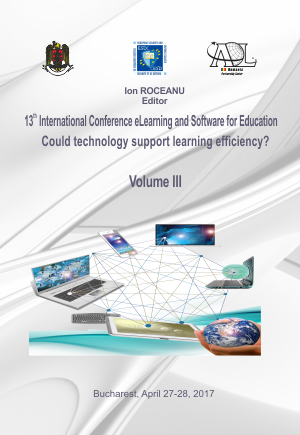VIRTUAL FULLY-FASHION KNITTING
VIRTUAL FULLY-FASHION KNITTING
Author(s): Mirela Blaga, Dorin DANSubject(s): Social Sciences
Published by: Carol I National Defence University Publishing House
Keywords: Knitting; fully-fashion; electronic flat machines; interactive lesson.
Summary/Abstract: Knitted fabrics, by their unique architecture, formed by intermeshing loops, offer enormous potential for a diverse range of end users, from fashion industry to medicine, protection, geotextiles, automotive, sports and industrial sectors. By applying the knitting principles, various knitted shapes can be manufactured, according to the specific end user requirements. Thus, the panels can be produced under various forms, from straight, fully fashioned, 3D shaped to the complete ‘knit and wear’ product. Flat electronic knitting machines are fully fashioned machines that produce custom pre-shaped pieces of a knitted garment. Instead of knitting a whole rectangular sheet of fabric, instructions from a computer file, guide a fully fashioned knitting machine's needles to modify the number of stitches to create two-dimensional shapes appropriate to the desired finished garment structure [1]. The developed virtual lesson presents the available techniques for changing the fabric width by: modifying the knit structure, varying the structural elements, shaping through loop transfer, wale fashioning by needle suspending and segmented takedown for varying rates of takedown across the width of the fabric. The core of the lesson is built around the loop transfer techniques, as the main technological operation at knitting machine, considering its specific technical requirements. The method, is based on the computer-aided design support and provides students with the interactive animations of the loop transfer, obtained by various techniques: outside stitch transfer, inside stitch transfer and multiple stitches transfer continually. The self-assessment of the knowledge acquired during the lesson completes the e-learning content, by accessing the tests based on ‘drag-and-drop’ and ‘multiple choice’ methods, reflecting thus the individual level of the study result. The application is available for the students from knitting specialization, in html format, on the faculty moodle platform: http://www.moodle.tex.tuiasi.ro.
Journal: Conference proceedings of »eLearning and Software for Education« (eLSE)
- Issue Year: 13/2017
- Issue No: 01
- Page Range: 380-385
- Page Count: 6
- Language: English

